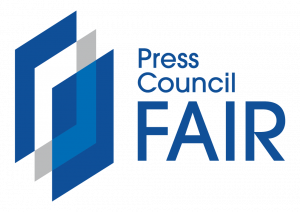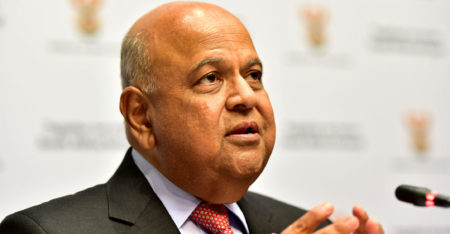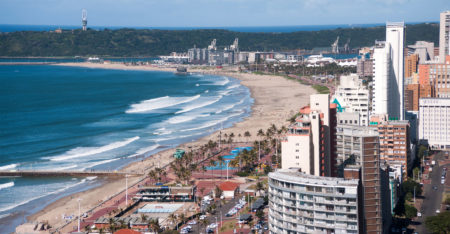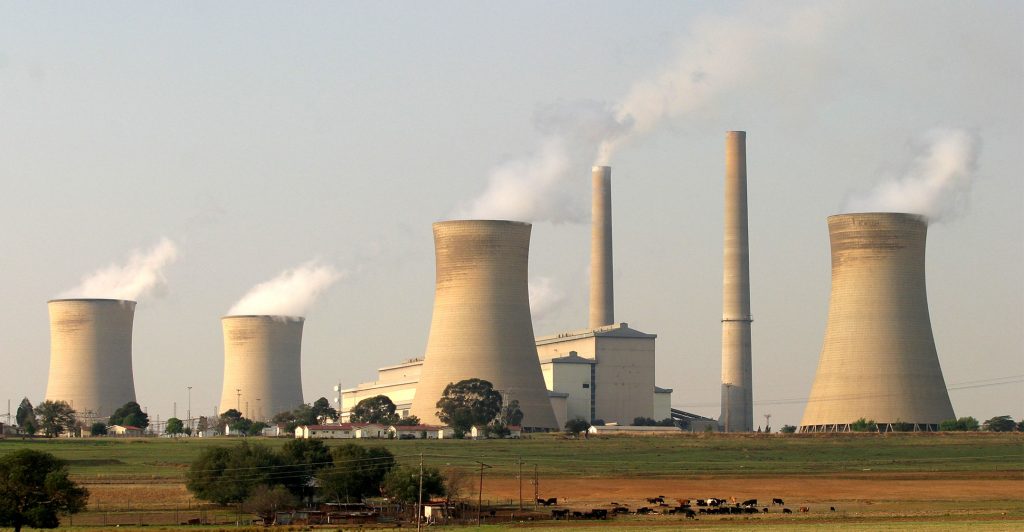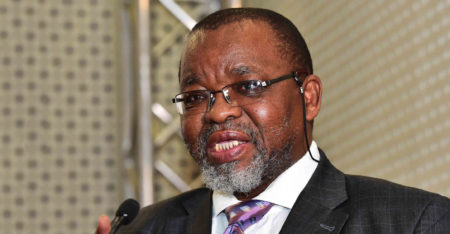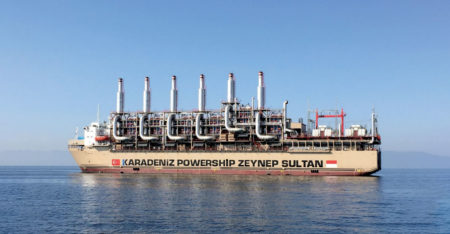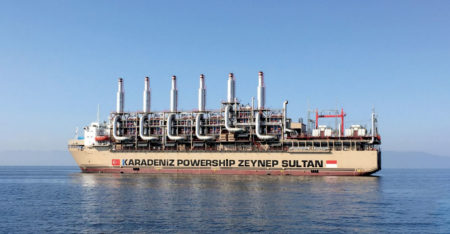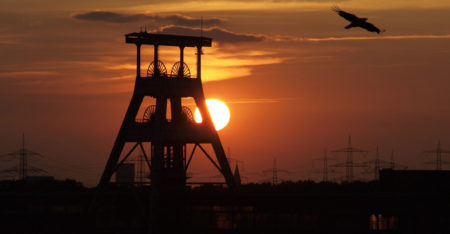Eskom has reduced its debt to less than R400-billion as discussions ensue to secure funding for a transition to renewable energy, according to public enterprises minister Pravin Gordhan.
Browsing: Energy and sustainability
Ethekwini, the municipality that includes Durban, South Africa’s third largest city, plans to seek initial proposals for the construction of 400MW of power generation.
Eskom is pitching a R140-billion plan to global lenders that would see it shut the vast majority of its coal-fired plants by 2050 and embrace renewable energy.
Eskom on Friday said it will implement a conditional 1.5% wage increase, potentially setting the stage for a showdown with unions, which had been demanding far more.
The decision by the environment department to refuse environmental authorisations for Karpowership SA’s multibillion-rand energy deal is likely to be appealed.
South Africa’s environment department said on Thursday that it had refused applications by Karpowership for environmental authorisations for three gas-to-power projects.
Constant power disruptions and the spiralling cost of electricity have pushed Mediclinic to start generating its own electricity.
A floating gas-turbine generator meant to alleviate South Africa’s crippling power cuts has run into objections by oyster farmers and small-scale fishermen.
The debacle surrounding South Africa’s bid to secure emergency power supplies has highlighted a dysfunctional energy policy that’s subjecting the country to intermittent blackouts.
A cloud of methane has been detected by satellite near coal mines in South Africa, drawing attention to a lesser-known environmental risk that comes from using the dirtiest fossil fuel.

